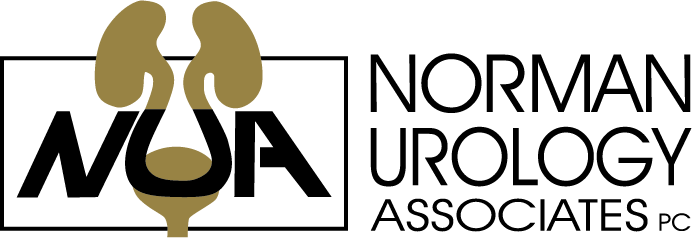The Definitive Guide To An Enlarged Prostate: What You Need to Know
Prostate enlargement, or benign prostatic hyperplasia (BPH) happens in 50% of men between the ages of 51 and 60, and as much as 90% of men over the age of 80. However, it’s something that isn’t frequently discussed, so many who experience the symptoms of BPH don’t know much about it or how it is treated.
The widespread presence of BPH doesn’t dismiss the fact that it can cause discomfort, affect your lifestyle, and if left unchecked can compound other conditions to impact your overall health.
What is Benign Prostatic Hyperplasia?
The prostate is a gland that’s part of the male reproductive system. It’s a walnut-shaped gland that’s main function is to produce the fluid in semen, making it essential for male fertility. This gland surrounds the urethra at the neck of the bladder.
Twice, the prostate goes through a growth cycle. It grows once early in puberty, and then again around the age of 25. After the age of 25, the prostate gland continues to grow throughout a man’s life. BPH sometimes happens during this second phase.
When the prostate grows, it presses against the urethra, and as a result, the bladder wall thickens. Eventually, the bladder grows weaker and loses the ability to empty completely. The narrowing of the urethra and the lack of emptying the bladder can lead to many of the uncomfortable urinary symptoms associated with BPH.
What Causes BPH?
There are no clear answers as to what causes benign prostatic hyperplasia, but there are some theories as to why this affects men as they age.
One theory has to do with testosterone levels. Men produce both testosterone and estrogen during their lives. As they age, they produce less testosterone, leaving a higher proportion of estrogen in the bloodstream. Some scientific studies have found a correlation between higher levels of estrogen in the blood and growth of the prostate.
Another theory revolves around DHT, or dihydrotestosterone because even as testosterone levels decrease in the blood, older men produce high levels of DHT, which may encourage prostate cells to grow.
What Are the Symptoms Associated With an Enlarged Prostate?
The symptoms that go along with BPH are initially mild but can worsen over time. Those with BPH may experience the following issues:
Inability to completely empty the bladder
A need to urinate two or more times during the night (nocturia)
Dribbling at the end of the urinary stream
A weak urinary stream or a stream that stops and starts
Incontinence or leakage
Feeling a need to strain when urinating
Sudden urges to urinate
A slow or delayed urinary stream
Pain when urinating
Less frequent symptoms include the presence of blood in the urine, a urinary tract infection, or the inability to urinate. Some symptoms can also indicate the presence of other health issues, so it’s important for those experiencing any of these symptoms to consult with their urologist.
What Puts Men At a Higher Risk for BPH?
Age makes men more likely to develop an enlarged prostate, but what are the other factors that may contribute to BPH?
A family history of BPH
Type 2 Diabetes
Heart disease
Obesity
Inactivity
Erectile dysfunction
Some evidence suggests that black and Hispanic men may be at a higher risk of developing BPH, but a more recent study found that information may not be the case.
How Does a Urologist Treat an Enlarged Prostate?
There are many kinds of treatments for an enlarged prostate-- and sometimes, no treatment is needed at all. With some adjustments and medications, some patients need no further treatment.
With your urologist, you will undergo a series of tests and a physical exam to evaluate your condition and determine the best course of treatment. At Norman Urology, we have three available treatments to meet the needs of different patients.
Urolift: This is a minimally-invasive procedure that involved placing small implants to hold open the obstructed pathway of the urethra. This procedure does not involve cutting, heating, or removal of any prostate tissue, and preserves sexual function of the prostate gland.
Transurethral Resection of the Prostate (TURP): This procedure removes the middle portion of the prostate that is obstructing the flow of urine.
Photoselective Vaporization of the Prostate: A minimally-invasive procedure that uses a small laser fiber to vaporize prostate tissue that is blocking the flow of urine.
For over 30 years, Norman Urology Associates have been dedicated to providing the highest level of care for all their patients-- including those experiencing BPH symptoms. BPH can start affecting your overall quality of life which can quickly become frustrating. If you are experiencing symptoms that might indicate an enlarged prostate, your urologist can help understand the issue and help make your symptoms a little more manageable. The best thing you can do is contact us today to uncover what’s happening and find the right solution for your health.
